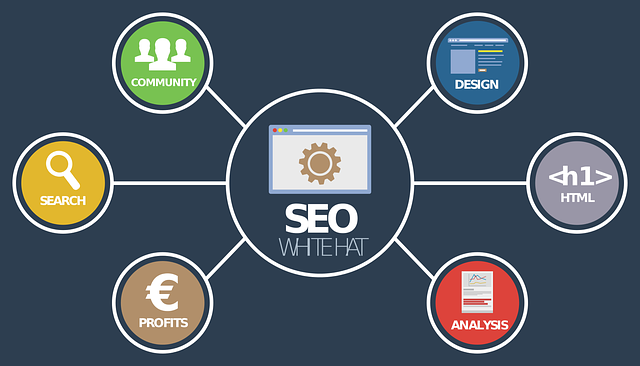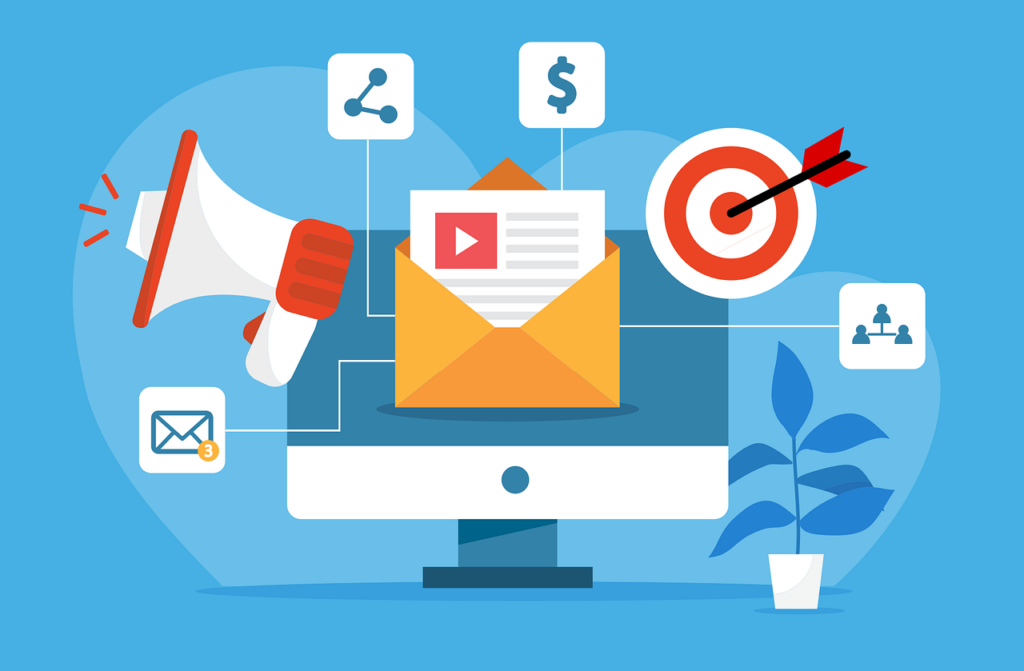Marketing Plan Activities – A successful marketing plan doesn’t end with setting goals and identifying target markets; it requires consistent, high-impact activities to drive results. These marketing plan activities are crucial for building brand awareness, engaging with your audience, and achieving growth. Here are eight powerful actions that can help elevate your marketing strategy and bring in long-term success.
1. Conduct Market Research
Every strong marketing strategy begins with understanding your market. Market research provides valuable insights into industry trends, competitors, and customer preferences. It helps identify opportunities, recognize threats, and adjust tactics to meet customer needs better.
Steps for Effective Market Research:
- Use Tools: Leverage tools like Google Trends, SEMrush, or Statista to analyze industry trends and search behavior.
- Competitor Analysis: Examine your competitors’ strengths, weaknesses, and marketing strategies. Identify what differentiates your business.
- Customer Feedback: Survey or interview your existing customers to learn about their preferences, challenges, and what they value most about your brand.
Pro Tip: Summarize your research insights and incorporate them into your marketing plan to inform other activities and make data-driven decisions.
2. Define and Refine Your Target Audience

Understanding and targeting the right audience is essential for every marketing activity. A well-defined target audience allows you to create messages and campaigns that resonate, ensuring that your efforts reach those most likely to engage with your brand.
How to Identify Your Audience:
- Demographics: Define your audience by age, gender, income, location, and education level.
- Psychographics: Consider interests, values, lifestyles, and buying behaviors that affect purchasing decisions.
- Create Personas: Develop customer personas to help your team visualize and empathize with your ideal customers.
Pro Tip: Revisit and refine your audience segments as you gather more data to stay aligned with changing market demands.
3. Create a Content Calendar
A content calendar organizes your marketing content, ensuring a consistent posting schedule and helping to plan timely, relevant content for your audience. It’s a powerful tool for maintaining brand visibility and nurturing engagement.
Creating a Content Calendar:
- Choose a Format: Use tools like Google Sheets, Trello, or specialized software like CoSchedule to plan content in a way that’s easy to update and share.
- Outline Content Types: Identify different types of content, such as blog posts, social media updates, videos, and emails.
- Schedule in Advance: Plan your content at least a month in advance to stay ahead of deadlines and allow time for edits.
Pro Tip: Include seasonal themes, product launches, and holidays in your content calendar to create timely and relevant content.
4. Implement SEO and Keyword Strategies
Optimizing your website and content for search engines can drive organic traffic and improve brand visibility. A strong SEO strategy includes keyword research, on-page optimization, and continuous performance tracking.
Steps for Implementing SEO:
- Keyword Research: Use tools like Google Keyword Planner or Ahrefs to find keywords that are relevant to your audience.
- On-Page Optimization: Optimize titles, meta descriptions, headings, and images to make your content more search-friendly.
- Create High-Quality Content: Focus on providing value and addressing the needs of your target audience, which can help improve your rankings over time.
Pro Tip: Regularly update your keyword strategy based on performance data and new trends to maintain relevance.
5. Use Social Media Marketing
Social media is a powerful tool for building brand awareness and fostering direct engagement with customers. An effective social media strategy includes choosing the right platforms, creating engaging content, and interacting with your followers.
Tips for Social Media Success:
- Select Platforms Wisely: Focus on the platforms where your target audience spends the most time (e.g., Instagram, Facebook, LinkedIn).
- Consistent Posting: Use your content calendar to maintain a steady posting schedule.
- Engage with Followers: Respond to comments, messages, and reviews to build relationships with your audience.
Pro Tip: Experiment with different types of content, like stories, live videos, and polls, to see what resonates best with your audience.
6. Engage in Email Marketing
Email marketing remains one of the most effective ways to nurture leads, increase customer loyalty, and promote products. With a well-segmented email list and relevant content, you can keep your audience engaged and informed.
Best Practices for Email Marketing:
- Build Your List: Use sign-up forms on your website, blog, or social media to grow your email list.
- Segment Your Audience: Group your audience based on preferences or behaviors for more targeted messaging.
- Craft Compelling Content: Create emails that provide value, whether it’s product updates, industry news, or exclusive offers.
Pro Tip: Regularly test different subject lines, call-to-action (CTA) buttons, and layouts to see what performs best with your audience.
7. Leverage Paid Advertising
Paid advertising, such as Google Ads, Facebook Ads, and LinkedIn Ads, can quickly boost visibility and bring in targeted traffic. Paid ads are especially useful for reaching new audiences and driving immediate conversions.
Getting Started with Paid Advertising:
- Set Clear Goals: Define what you want to achieve, such as increasing website traffic, generating leads, or boosting sales.
- Target Audience: Use precise targeting options (demographics, interests, location) to reach the right audience.
- Budget Wisely: Start with a small budget, then optimize and scale based on performance data.
Pro Tip: Use A/B testing to experiment with different ad creatives, copy, and targeting to see what drives the best results.
8. Track Performance and Optimize

To get the most from your marketing activities, it’s essential to monitor and analyze their effectiveness. Tracking key performance indicators (KPIs) helps you understand what’s working, allowing you to make data-driven adjustments that improve results over time.
KPIs to Monitor:
- Website Traffic and Conversion Rates: Track how many people visit your site and take desired actions.
- Customer Acquisition Cost (CAC): Calculate how much it costs to acquire each new customer.
- Return on Investment (ROI): Measure how much revenue is generated relative to your marketing spend.
- Engagement Metrics: Analyze metrics like likes, shares, and comments to gauge engagement on social media.
Pro Tip: Use tools like Google Analytics, social media insights, and email marketing analytics to gather and interpret performance data.
Final Thoughts
Incorporating these eight powerful marketing plan activities can help strengthen your strategy, increase engagement with your audience, and drive business growth. Each of these actions plays a unique role in supporting your marketing goals and keeping your business competitive in a dynamic market. By following this guide, you can build a marketing plan that’s both comprehensive and adaptable, setting your business up for long-term success.

Juan is a Digital Advertising / SEM Specialist with over 10 years of experience with Google AdWords, Bing Ad Center, Facebook, LinkedIn, Google Analytics, HTML, and WordPress. He is a co-founder of Sheaf Media Group and has work in several online advertising projects for retail, automotive, and service industries. Additionally, Juan holds a bachelor’s degree in Psychology and has a deep interest in the science of human behavior which he attributes as the key factor for his success in the advertising world.


